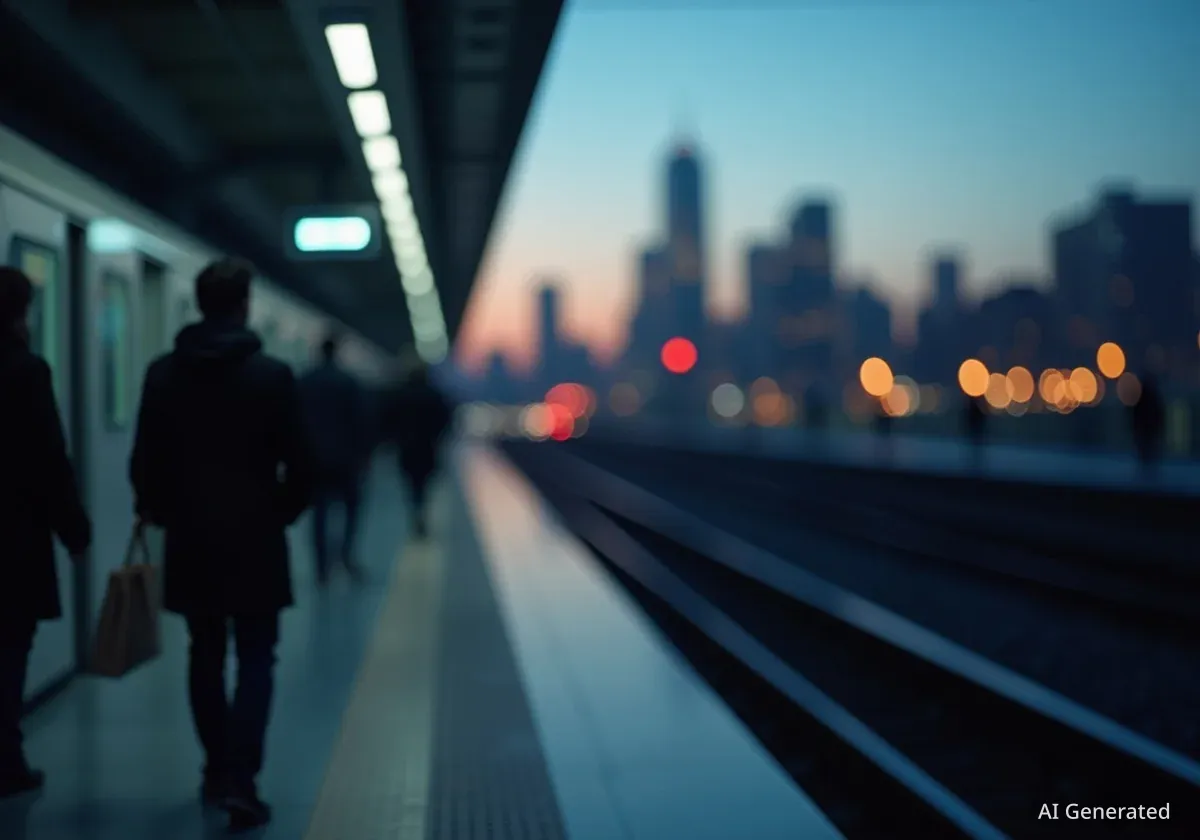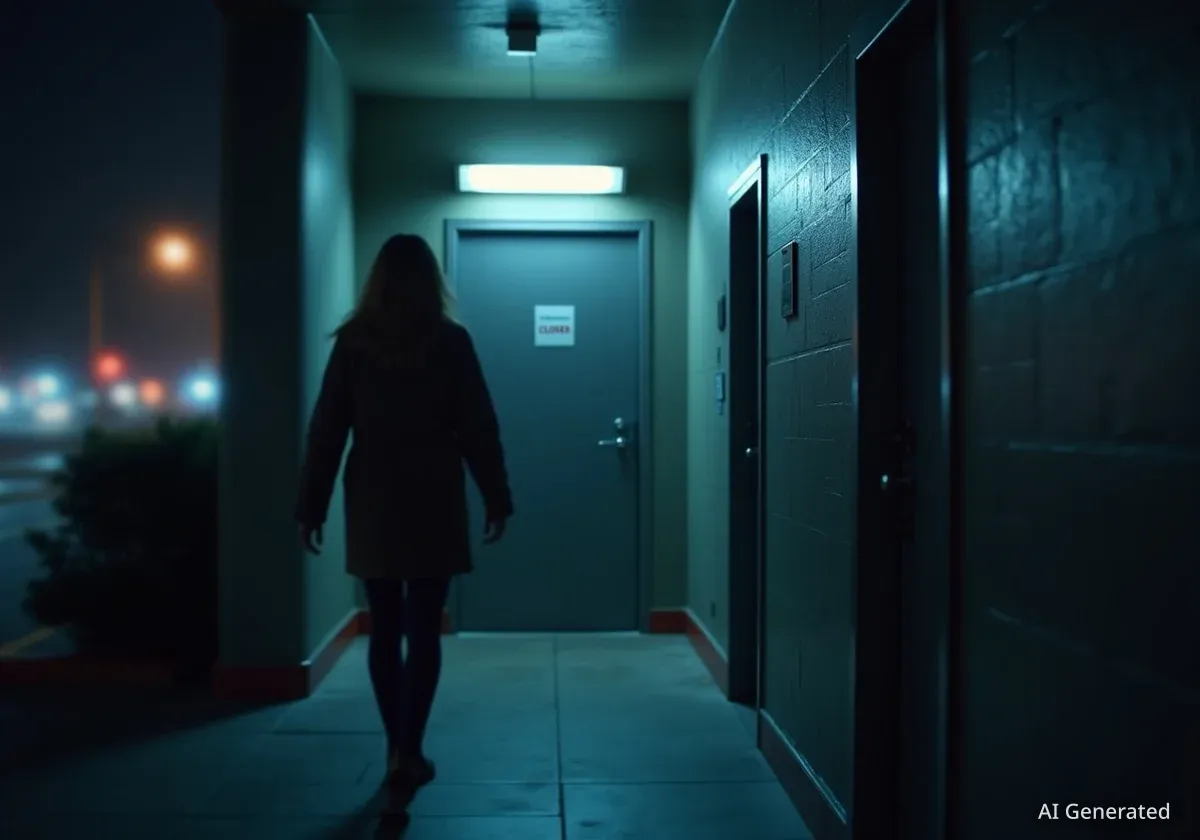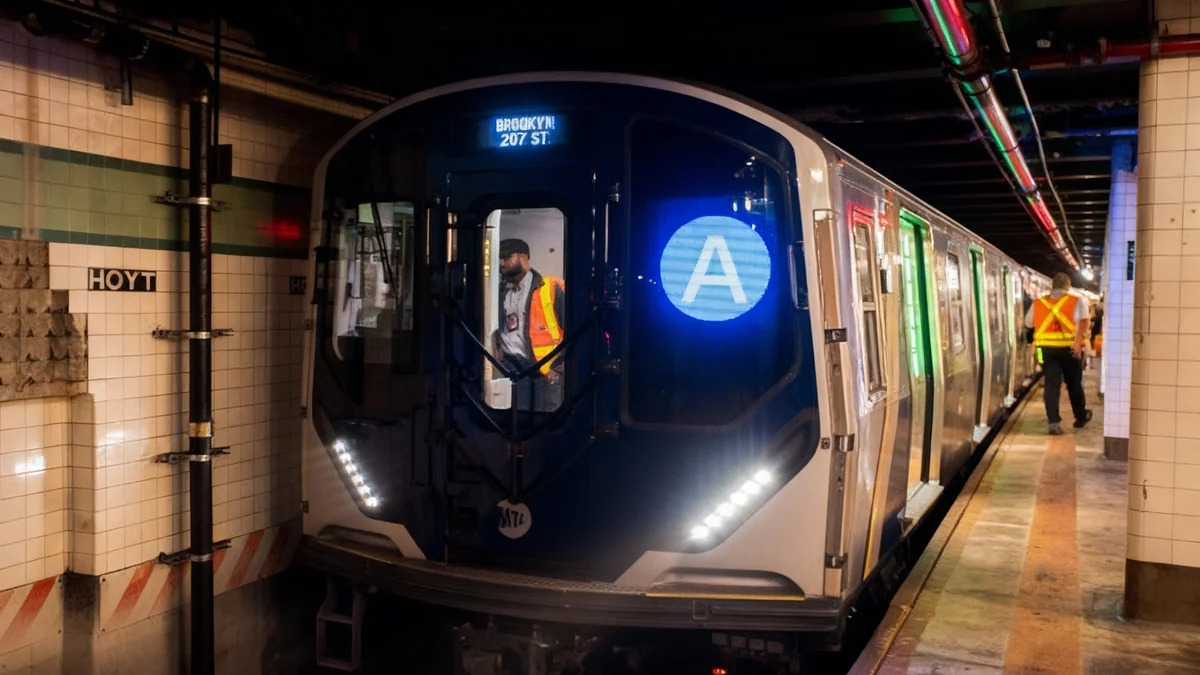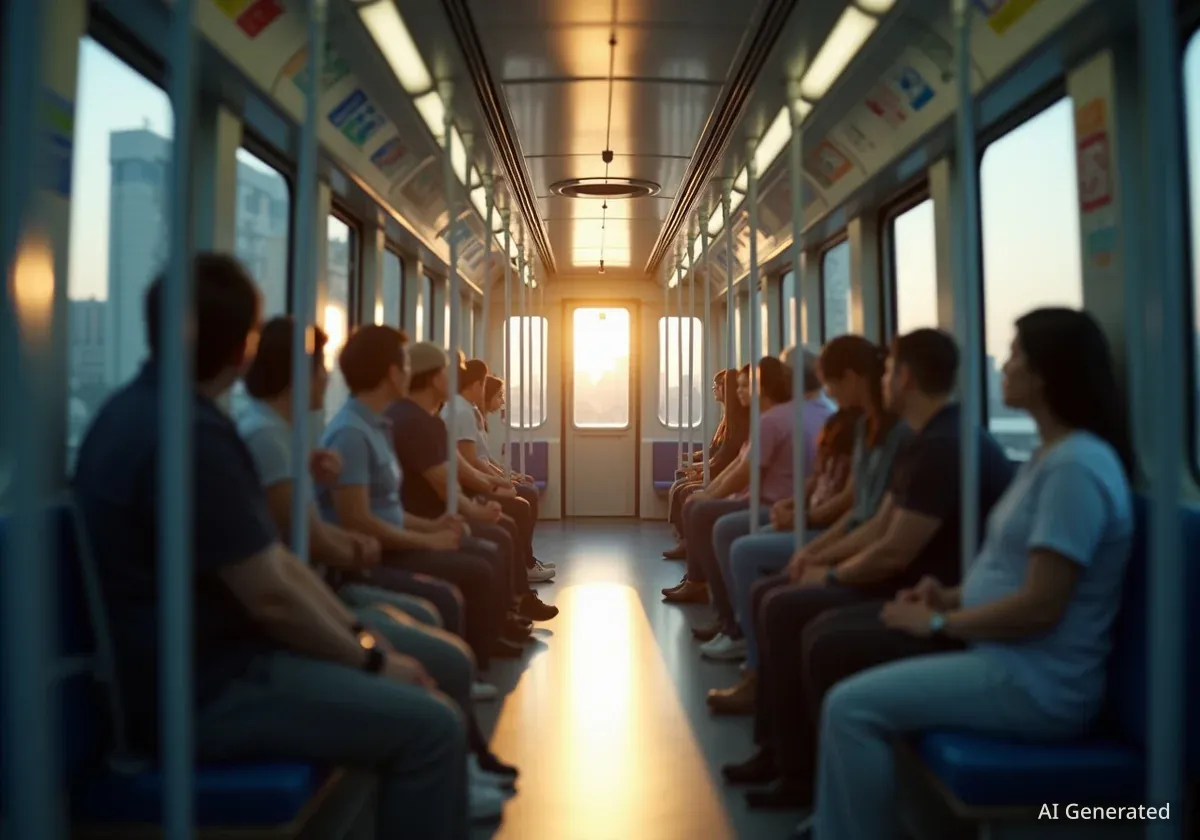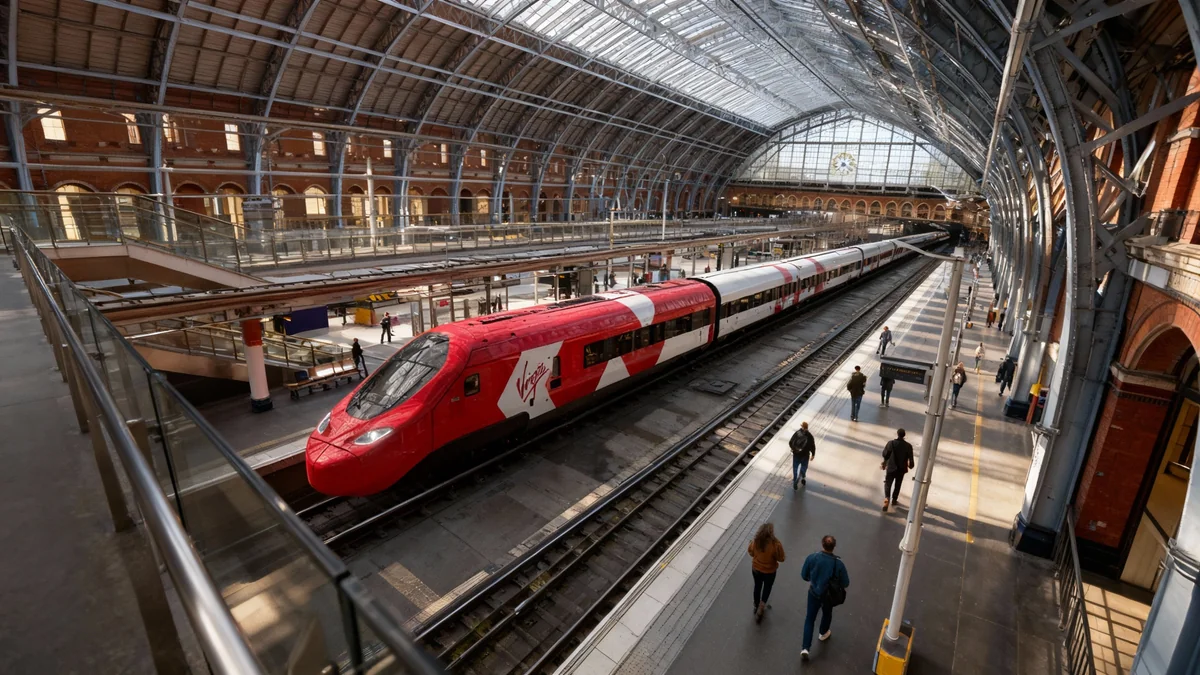Illinois' mass transit system, serving the Chicago area, is on the brink of a major financial crisis. The Chicago Transit Authority (CTA), Metra, and Pace collectively face an estimated $834 million deficit by 2027. This financial shortfall comes as federal COVID-19 relief funds have expired and ridership remains significantly below pre-pandemic levels, signaling a critical need for comprehensive reform.
Key Takeaways
- Chicago-area transit agencies face an $834 million deficit by 2027.
- Federal relief funds are gone, and ridership is down.
- Proposed reforms include consolidating governance and prioritizing cost savings.
- New taxes are opposed; focus is on efficiency and accountability.
- Modernizing fare policies and ensuring projects stay on budget are crucial.
The Looming Fiscal Cliff and Its Impact
The financial challenges for Illinois' transit system are immediate. Without significant changes, service cuts are likely. These cuts could include fewer buses and trains, the elimination of routes, or reduced frequency of stops. Such measures would directly harm workers and families who rely on public transportation for daily commutes and access to essential services.
Public transit is vital for the Illinois economy. However, the current system struggles with fragmented governance and outdated funding models. These issues contribute to inefficiencies and cost overruns, hindering its ability to serve the public effectively.
Transit Deficit Snapshot
- Combined Deficit: $834 million by 2027
- Affected Agencies: CTA, Metra, Pace
- Key Factors: Expired federal aid, reduced ridership
Seven Principles for Transit Reform
To address the crisis, a set of guiding principles has been proposed. These principles aim to create a more affordable, accountable, and efficient transit system for Illinois residents and taxpayers. The core idea is to deliver better service at a lower cost, focusing on structural reforms rather than new taxes.
1. Consolidating Governance and Reducing Duplication
The current structure includes the Regional Transportation Authority (RTA) overseeing CTA, Metra, and Pace, each with its own board. This fragmented system leads to wasteful duplication of resources. Each agency maintains separate departments for human resources, communications, and administration. Consolidating these functions into a single authority could save between $200 million and $250 million annually.
Standardizing and reducing board stipends would also contribute to cost savings. Furthermore, current spending on non-law enforcement security officers could be reallocated. Investing in more police officers stationed at CTA train stations, for example, could address crime concerns more effectively. Estimates suggest one officer at every CTA stop would cost about $20 million per year.
"Illinois should deliver better service at lower cost. That means reforming governance, eliminating inefficiencies, focusing resources on the riders who need transit most and holding leadership accountable for results."
2. Prioritizing Cost Savings
Any new state support must come with long-term structural reforms focused on cost reduction. Adjusting service levels to reflect post-pandemic ridership, such as fewer rush-hour trains on less busy days, can cut overtime expenses. Overtime costs have surged by nearly 40% since 2019, reaching $120 million in 2024. More than 100 employees earned double their annual salary due to overtime.
Consolidating back-office operations and reducing redundant administrative positions would also save on personnel costs. Streamlining management layers and standardizing departments like HR and procurement are key steps to eliminate waste without affecting service quality. Automation, while requiring initial investment, could offer long-term savings on labor and pension costs.
Post-Pandemic Ridership
Ridership levels across CTA, Metra, and Pace have not returned to pre-pandemic numbers. This shift in commuter behavior necessitates a reevaluation of service schedules and staffing to align with current demand, optimizing resources and reducing unnecessary expenses.
3. Opposing New or Higher Taxes
Illinois residents and businesses already face one of the highest tax burdens in the Midwest. The proposed reforms strongly oppose funding transit through new income tax hikes, sales tax increases, or other broad-based tax increases. The focus remains on rightsizing costs and aligning service with demand. A statewide delivery tax, which would unfairly burden downstate residents who may not use Chicago-area transit, is specifically rejected.
If additional dedicated funding becomes necessary, it should come from the least harmful options. One possibility is to reallocate existing gas tax revenues, billions of which are currently unused in the transportation infrastructure fund. This approach would shift existing resources without imposing new taxes.
4. Modernizing Fare Policy and Service Integration
Fare policies must balance affordability with fiscal responsibility. The current system, where a day pass costs the same as a single round trip, is not sustainable. Passes should be priced to cover three to four trips, encouraging regular use without subsidizing excessive rides. Integrating services across agencies could also offer more convenient and cost-effective options for riders.
5. Delivering Capital Projects On Time and On Budget
Major infrastructure projects have seen significant cost overruns. The Red Line Extension, for example, is projected to cost over $1 billion per mile. This figure far exceeds similar heavy rail projects in other major U.S. cities like Washington D.C., Miami, and San Francisco. Illinois needs to rebuild internal expertise in engineering and project management. This would reduce reliance on expensive consultants and contractors.
Projects should link underinvested neighborhoods, such as those on the West and South Sides, to job centers. Timely and budget-conscious completion is essential. While existing prevailing wage requirements remain, project sponsors must seek every opportunity to contain costs through competitive bidding and better contract management. Lawmakers should also examine reforms to prevailing wage rules that can inflate prices.
6. Connecting Funding to Performance
Future funding for transit agencies should be tied directly to measurable performance standards. This ensures accountability for service quality, ridership numbers, and cost efficiency. Transparent reporting, independent audits, and clear consequences for failures are crucial. Currently, CTA leadership reports to the City Council quarterly with minimal state oversight. The state should mandate quarterly reporting on ridership trends and link funding to concrete outcomes.
7. Promoting Land Use Reform to Strengthen Transit
Transit and housing policies must work together. Illinois should encourage universal upzoning near transit stops, allowing up to eight housing units near rail stations. Chicago recently eliminated parking requirements for developments near transit, which could increase public transit reliance. Allowing more transit-oriented housing for non-car owners would boost ridership, promote affordability, and connect more residents to reliable service.
The current fiscal challenges present a critical opportunity for Illinois. The state can either continue past practices of tax hikes and supporting inefficiencies, or it can fundamentally restructure its transit system. By focusing on consolidated governance, cost elimination, modernized service, and fiscal responsibility, Illinois can build a smarter, leaner transit system that benefits both riders and taxpayers, supporting a strong economy.

